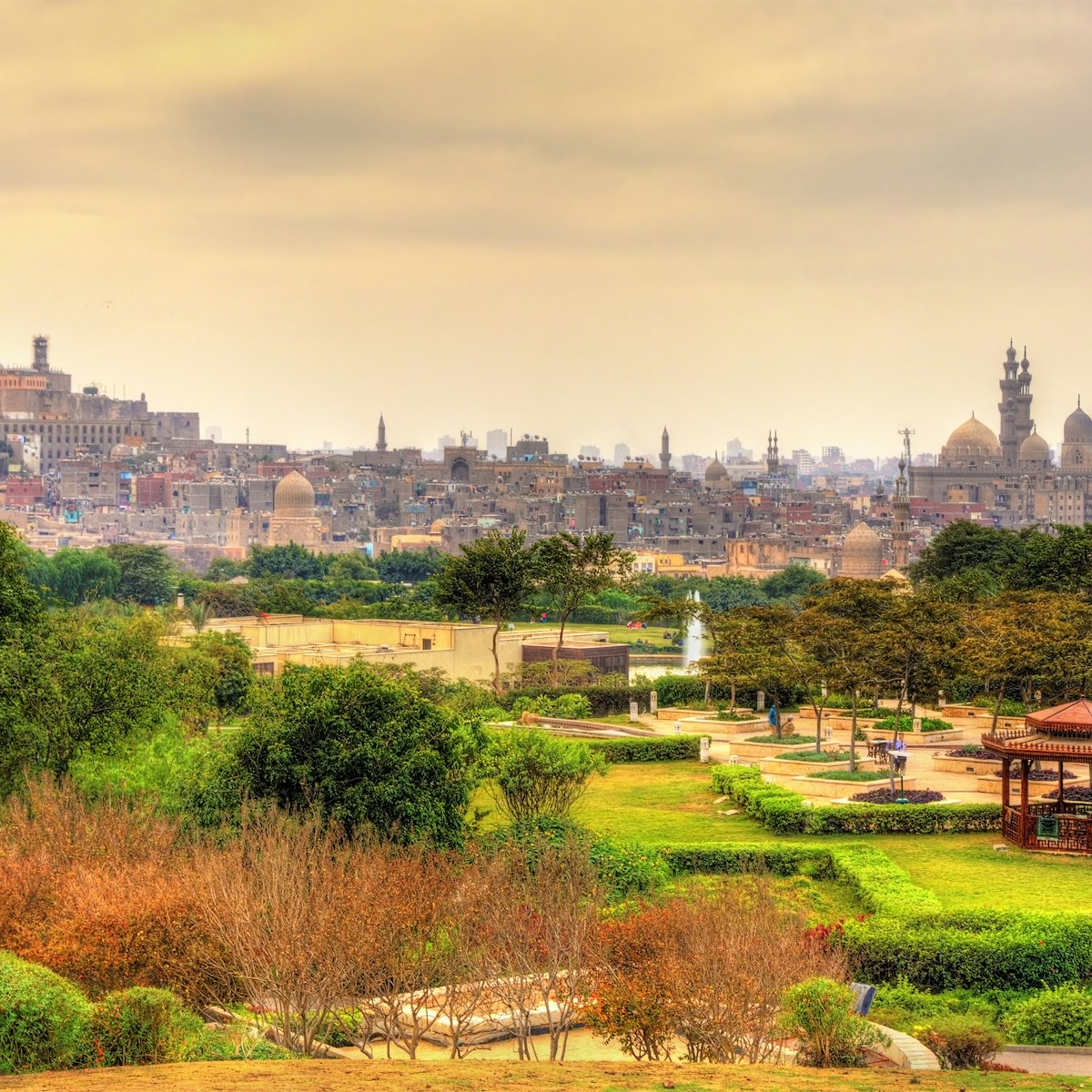One of the world’s most important collections of ancient artefacts, the Egyptian Museum takes pride of place in Downtown Cairo, on the north side of Midan Tahrir. Inside the great domed, oddly pinkish building, the glittering treasures of Tutankhamun and other great pharaohs lie alongside the grave goods, mummies, jewellery, eating bowls and toys of Egyptians whose names are lost to history.
To walk around the museum is to embark on an adventure through time.
Some display cards have become obsolete as new discoveries have busted old theories. And the collection rapidly outgrew its sensible layout, as, for instance, Tutankhamun’s enormous trove and the tomb contents of Tanis were both unearthed after the museum opened, and then had to be shoehorned into the space. Now more than 100,000 objects are wedged into about 15,000 sq metres. Like the country itself, the museum is in flux. Most objects are still on display, although some are being moved to the Grand Egyptian Museum. While some rooms are being refurbished, the objects are deposited elsewhere in the museum. This museum will remain a major sight, but it is not yet clear when the Grand will open and what will remain here.
The current museum has its origins in several earlier efforts at managing Egypt’s ancient heritage, beginning in 1835 when Egyptian ruler Mohammed Ali banned the export of antiquities. French architect Mariette’s growing collection, from 35 dig sites, bounced around various homes in Cairo until 1902, when the current building was erected, in a suitably prominent position in the city. There it has stood, in its original layout, a gem of early museum design.
Until 1996, museum security involved locking the door at night. When an enterprising thief stowed away overnight and helped himself to treasures, the museum authorities installed alarms and detectors, at the same time improving the lighting on many exhibits. During the 2011 revolution, the museum was broken into and a few artefacts went missing. To prevent further looting, activists formed a human chain around the building to guard its contents. By most reports, they were successful.








